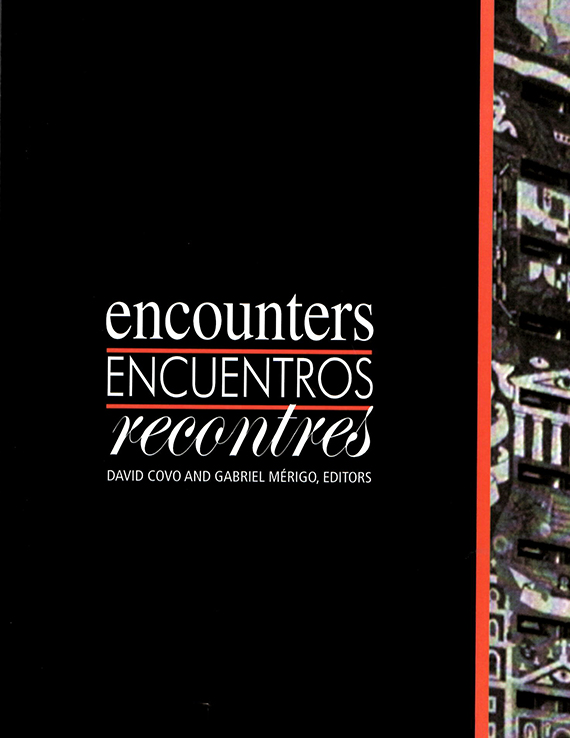Author(s): Alfonso Valenzuela
During the early decades of the twen-tieth century, a group of visionary planners undertook the physical transformation of Mexico City reinterpreting concepts from Ebenezer Howard’s Garden Cities, Jean Claude Forestier’s Systèmes de parcs, to Patrick Geddes’ Regional Planning to provide green public spaces and comprehen-sibly enhance the quality of life in the city. Miguel Angel de Quevedo, Carlos Contreras and Jose Luis Cuevas Pietrasanta set the urban planning framework which addressed social, functional and environmental issues during this period, after which industrialization policies radically transformed urban planning into an in-strument to achieve economic development rather than a tool to extend welfare. Although Mexico City has always tried to embrace modernity as a recurrent aspiration over the centuries, the perception of the urban environment has changed according to ideal views of social order, material and cultural progress and the role of the city within the nation building project. However, the importance of key planners of that period and the breadth of their thought on the physical development of Mexico City has been overlooked as well as the major sources where they drew insights and concepts.
Volume Editors
David Covo & Gabriel Mérigo Basurto
ISBN
0-935502-57-2

 Study Architecture
Study Architecture  ProPEL
ProPEL 
